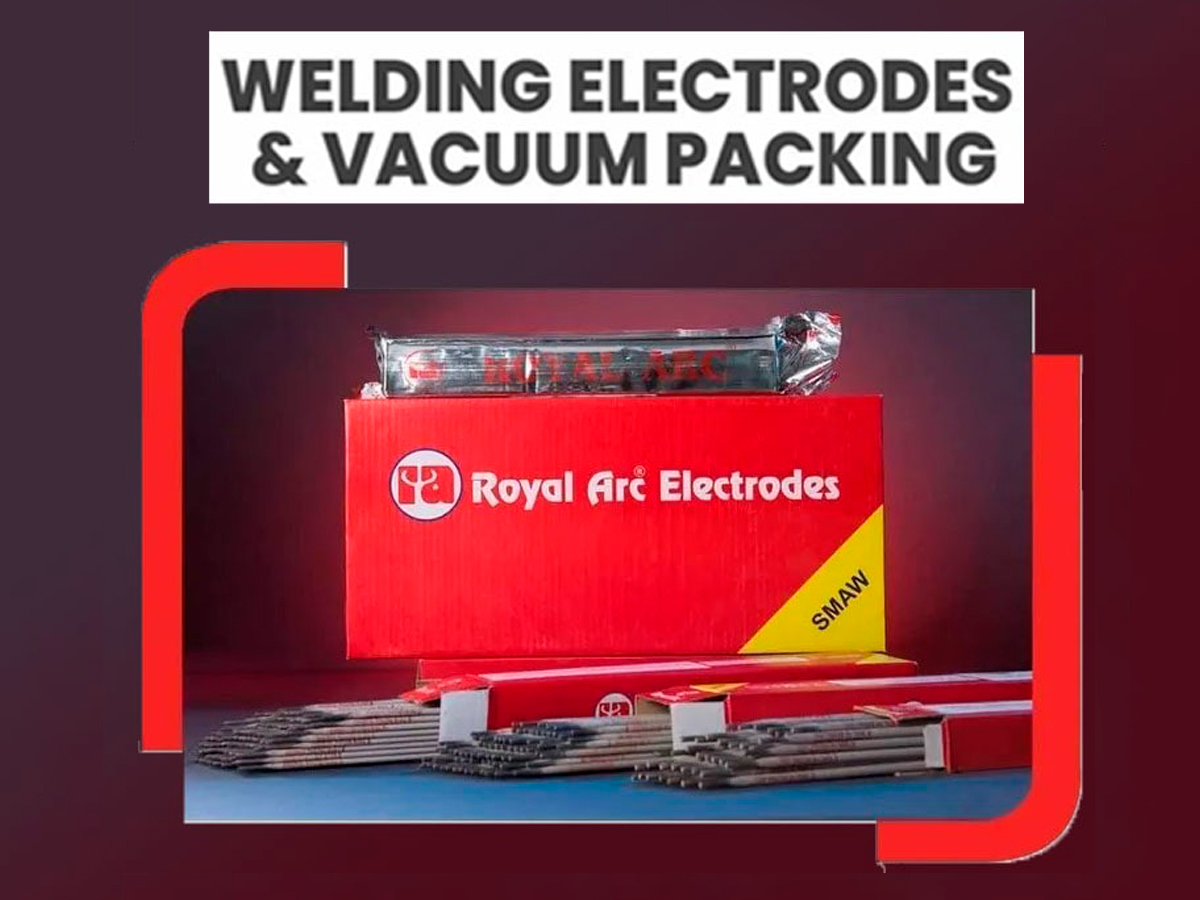
Welding Electrodes: Your Guide to the Different Types and Applications
Welding electrodes are an essential element in the welding process. There are different types of welding electrodes and the applications differ for each electrode type. The blog also provides insights on selecting the right welding electrode.
Different types of welding electrodes and their applications
The two main categories of electrodes – Bared and Covered.
Bare Electrodes:
Bare welding electrodes are the most basic type of electrode. They are metal rods with a pointed tip that create an electrical arc between the electrode and the metal. These electrodes do not come with coatings or materials, making them more affordable than other types of electrodes. They also tend to produce more dangerous fumes and be more difficult to use.
Covered Electrodes:
Covered welding electrodes have a coating of flux around the metal rod. This flux helps to protect the weld from contaminants and provides a slag that makes it effortless to remove after the weld is complete. These electrodes are more expensive than bare welding electrodes but are much easier to use and produce less dangerous fumes.
Welding electrode manufacturers offer electrodes in various sizes, shapes, and materials. The type of electrode you choose will depend on the application you are using it for. Different industries have different requirements for welding electrodes. For example, the automotive industry often uses covered welding electrodes because they produce fewer fumes and are easier to use. The aerospace industry often uses flux-cored welding electrodes because they produce fewer fumes and provide a removable slag after the weld is complete.
No matter what industry you are in, there is a welding electrode that is right for you. With so many options available, it is essential to do your research to find the best welding electrode for your specific application.
Most common types of electrodes
The most common type of welding electrode is the Stick electrode. Stick electrodes come with a metal core covered with a flux coating. The flux coating helps to protect the weld from contaminants and provides an arc-stable connection between the electrode and the workpiece. Stick electrodes are available in various diameters, lengths, and core materials. The most common diameters are 0.045 inches (0.114 cm) and 0.0625 inches (0.158 cm). The most common lengths are 18 inches (45 cm), 24 inches (61 cm), and 36 inches (91 cm).
The next type of welding electrode is the Wire electrode. Wire electrodes come with a metal core covered with a flux coating. The diameters are 0.035 inches (0.089 cm) and 0.045 inches (0.114 cm). The length is 36 inches (91 cm).
Wire electrodes help in all welding processes, including gas metal arc welding (GMAW), flux-cored arc welding (FCAW), and gas tungsten arc welding (GTAW).
The last type of electrode we will discuss is the Flux-cored electrode. Flux-cored electrodes come with a metal core covered with a flux-filled tubular casing. The flux helps to protect the weld from contaminants and provides an arc-stable connection between the electrode and the workpiece. Flux-cored electrodes are available in various diameters, lengths, and core materials. The most common diameters are 0.035 inches (0.089 cm) and 0.045 inches (0.114 cm). The most common length is 36 inches (91 cm).
All welding processes use flux-cored wires, including gas metal arc welding (GMAW), flux-cored arc welding (FCAW), and gas tungsten arc welding (GTAW).
Selecting the right electrodes for your needs
The first thing you need to do is determine the type of weld you will be performing. Are you going to be doing a fillet weld or a butt weld? Fillet welds helps in joining the two pieces of metal at an angle, while butt welds join two pieces of metal that are flush.
Next, you need to determine the thickness of the metal you will be welding. The thicker the metal, the larger the diameter of the electrode you will need. Finally, you need to select an electrode compatible with the welding machine type you are using.
Stick electrodes benefit fillet welds on thin metals, while wire electrodes help fillet and butt welds on thin or thick metals. Similarly, flux-cored electrodes support butt welds on thick metals.
Are you looking for reliable welding electrode manufacturers?
Get in touch with us!
